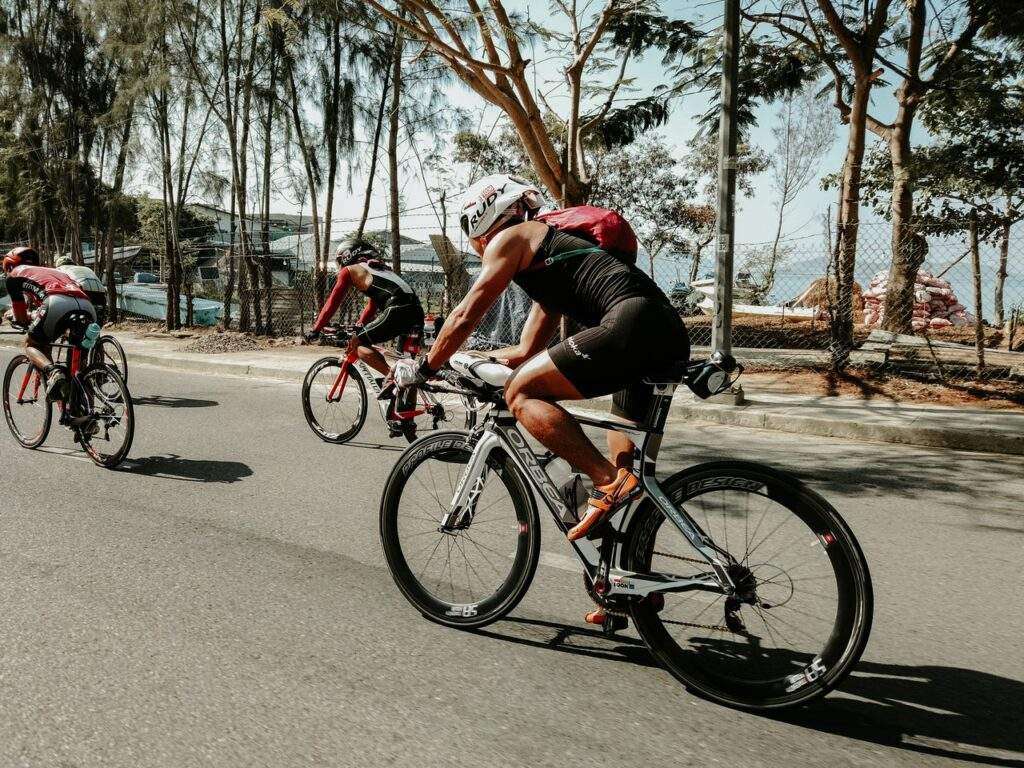
With the wind in your hair, sun on your back, and a bike’s saddle in-between your legs – nothing feels better than getting out on the open road. But there are several essentials cyclists should always carry with them on every bike ride to ensure that all possible problems are minimized.
And since there is limited storage space on a bicycle, there is also an art for packing all these essentials correctly. At the same time, you want to make the journey easier for yourself and ensure that you don’t weigh yourself down.
Whether you’re making the daily commute to work, preparing for a charity ride, or embarking on any other long day ride, everything you need should be able to fit easily into your jersey or seat pack’s pockets. The chances are that if this is not the case, you might be packing too much.
In this article, we run you through the several things cyclists should always have on their person during any bike ride. From tire levers, a spare inner tube (or two!), pump/gas canister, and emergency patches – continue reading to learn which essentials you shouldn’t leave home without.
Pump/Gas Canister
One piece of cycling equipment that cyclists should be familiar with is a pump/gas canister. Arguably one of the most used tools in a cyclists kit, yet also one of the most resented. Packing a pump/gas canister adds weight and is tough to carry since its design makes it hard to fit into your jersey’s pockets easily or can damage your bike’s aesthetics if its design allows it to attach to the frame.
Providing that you’re careful, you can ride for miles without having to use a pump/gas canister. Yet, you can bet as soon as you leave for a long bike ride without taking a pump/gas canister with you that, the chances of getting a puncture will increase tenfold. Eliminate this risk by taking an air pump with you on every bike ride – you’ll thank yourself when you need it!
Bike Insurance
Although not a physical essential per se, one piece of equipment that you should never go cycling without is bike insurance. Choosing a cycling insurance policy is a task that always seems to remain on the to-do list and never seems to become a priority until the worst-case scenario happens to yourself or a friend.
We recommend choosing a bike insurance policy as soon as you purchase your bike so that you know you and your bike are covered in the event of an accident from the beginning. As well as protecting you and your bicycle against physical damage, a dedicated bike insurance provider, like Velosurance, can protect you against theft, traveling, accidental damage, and much more.
However, it is worth bearing in mind that bike insurance policies can differ drastically between providers, so ensure that you shop around and compare policies from various providers before settling on one. To gain insight, consider contacting insurance providers like Velosurance and getting advice from their expert team about the best approach for your needs.
Visit their website for more information today or follow their blog for relevant cycling-related content, from advice on how to crash your bike safely and tips on how to train in extreme weather. Getting this task out of the way ensures you are protected and allows you to focus on the most important thing – getting out and using your bike.
Inner Tube
Packing a spare inner tube (or a couple!) is necessary on bike rides. Whether you’re preparing to go on a ride spanning over a couple of hours or cycling down to your local convenience store, punctures can happen at any time or place. So, it’s always better to be prepared rather than sorry.
One spare inner tube should be enough, yet you can always take more if you’re worried about additional factors. Suppose that it rained the night before? Punctures are more likely to happen in wet weather due to the excess grit and debris on the roads, which the wet can serve as a lubricant for penetrating your tires. If this is the case, you might want to take more than one to minimize risks further.
Tire Levers
Unfortunately, not all of us command the upper body strength to remove and install new tires easily, which is where tire levers come in handy. Keep one or two on hand during bike rides if your tire gets punctured, as many tires can be nigh impossible to remove without proper equipment, and you don’t want to find yourself stuck.
Many tire levers are available for purchase, but they have the function. Using a tire lever, you can slide it in-between your tire and the rim of your wheel to loosen and remove the tire. Depending on whether your tires are loose or tight, you may need to use another further along the tire; you might even require a third!